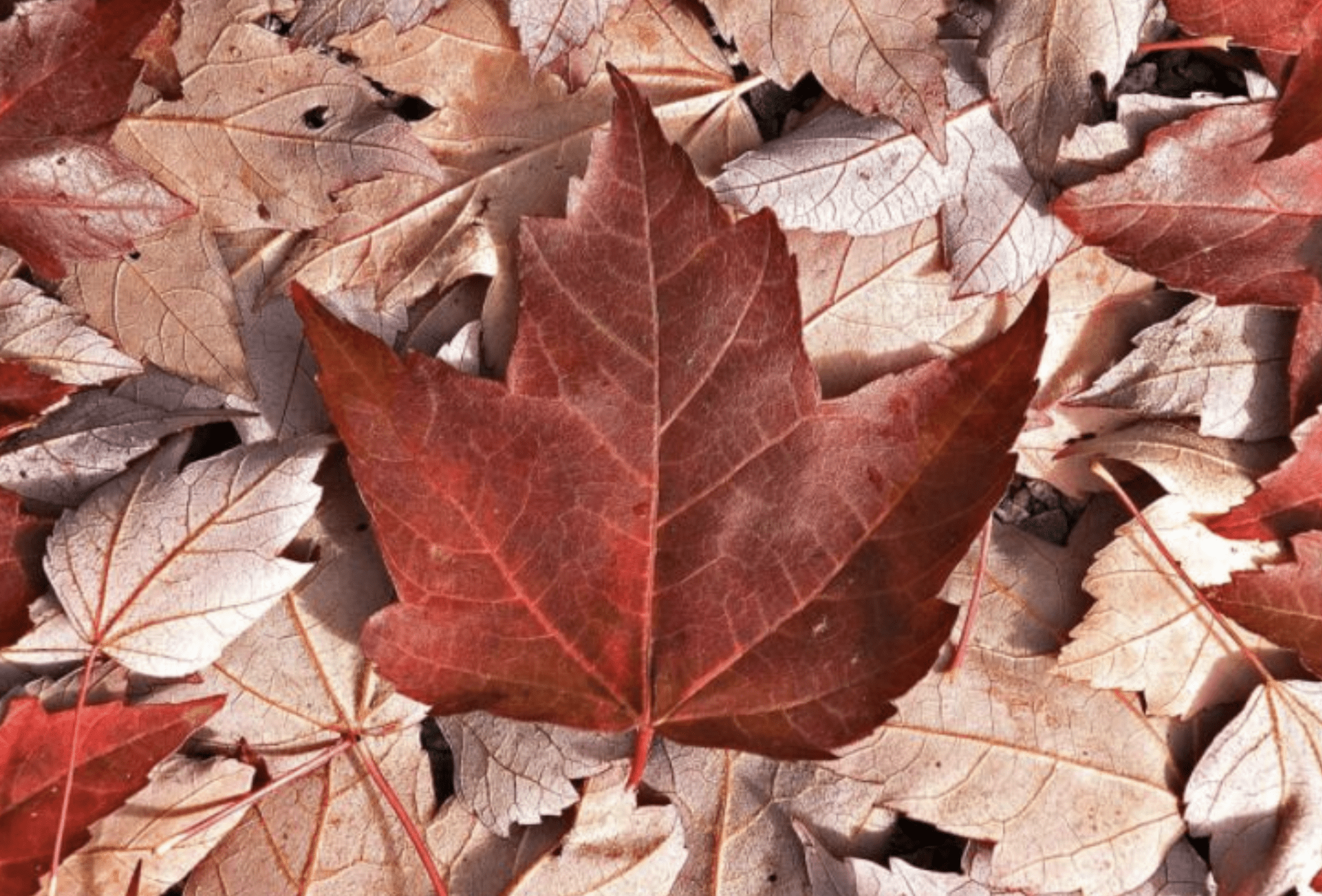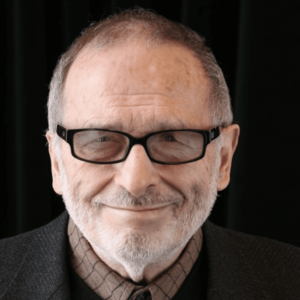In a spring 2023 report on last June’s provincial election, Ontario’s chief electoral officer Greg Essensa has urged that in future “no public opinion polling results stating political party favourability ratings be published in the final two weeks before election day.”
Briefly, popular perceptions that the results of a coming election are already known through ubiquitous polling are arguably bound to “demotivate” voter turnout. And the argument here has been largely motivated by the stark fact that in 2022 only “44 per cent of Ontarians cast their ballot, marking the lowest recorded voter turnout in the province’s history.”
Just after the release of the Ontario report the April 3, 2023 provincial election in Prince Edward Island similarly had “by far the lowest voter turnout of the last six decades.”
As in Ontario in 2022 in PEI in 2023 a “Progressive Conservative” government was re-elected with a strong majority of seats. (At the same time, “low turnout” in PEI was not quite 69%!)
Pollsters are bound to disagree with any polling ban. Whether polling does anything worse than sometimes exaggerate what is already there in the human political drama may equally be a question raised by the now rather long history of Ontario voter turnout.
Chief electoral officer Essensa’s Elections Ontario also publishes an online table of voter turnout and allied data for all 43 general elections in the province since confederation in 1867.
At the start of the story it is worth underlining a big change in 1919. Ontario became the fifth Canadian province to give women the vote in provincial elections in 1917. The October 20, 1919 provincial election was the first contest with this major addition to the voters list.
The 1919 election was unusual in a few other ways. In 1911 the province’s urban population had for the first time exceeded its rural population. And then unusually large numbers of young urban and rural Canadians had lost lives in the First World War that ended in 1918.
On October 20, 1919 the people of Ontario elected what would become Ernest Charles Drury’s unusual “Farmer-Labour” third-party government of 1919-1923. And in the current Elections Ontario table the 1919 election marks the high point of voter turnout down to the present.
Meanwhile, declining voter turnout since 1919 is nothing new! There were 14 Ontario elections from 1867 to 1914, another 14 from 1919 to 1967, and then 15 from 1971 to 2022. Average voter turnout has fallen consistently over these periods — from a 69% median for the male electorates of 1867–1914, to 65% for the all-adult electorates of 1919–1967 and 58% for 1971–2022.
Part of the explanation may be reflected in present-day differences between a still comparatively rural Prince Edward Island (with a historic low of 69% turnout in 2023) and an increasingly urbanized Ontario (with a record low turnout of 44% in 2022).
The record for the most recent 15 Ontario elections from 1971 to 2022 similarly shows continuing decline. The high point comes at the start of the period when almost 74% of the electorate turned out for Premier William Davis’s first election of 1971. Then turnout slipped to 68% in the 1975 election and 66% in 1977.
At the other end of the scale, the second lowest turnout (after the record 44% just last year) came in Premier Dalton McGunity’s last election of 2011, when less than a majority of the electorate (only 48%) actually voted for the first time since 1867.
Turnout was only 52% in the 2007 and 2014 Ontario elections, and 57% in 2003 and 2018. The seven of the last 15 elections with turnout over 60% were all in the 1970s, 1980s, and 1990s. And the median voter turnout for the six elections of the 21st century so far is a mere 52%.
Since the advent of the present-day all-adult electorate in 1919 Ontario voter turnouts of more than 70% have been confined to the wakes of the two world wars in 1919 and 1945, the 1930s Great Depression (1934, 1937), and the 1971 election at the close of the 1960s age of change.
Whatever else, the trend toward lower and lower voter turnout, underway since the First World War and the fading of the old family farm democracy (with its largely all-male electorate), probably is rooted in something deeper than the impact of opinion polls in the final two weeks of an election campaign.
The people of Ontario may have to think a little harder about their provincial parliamentary democracy today to figure it all out.






